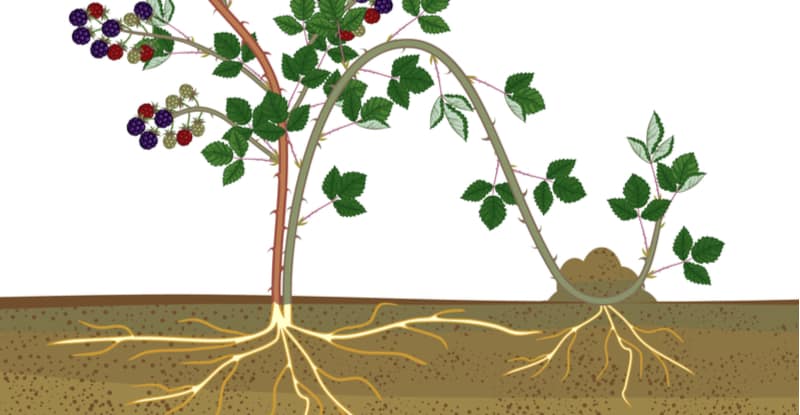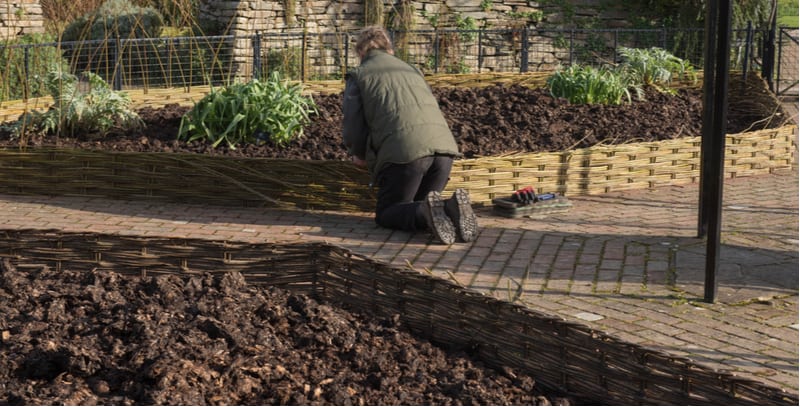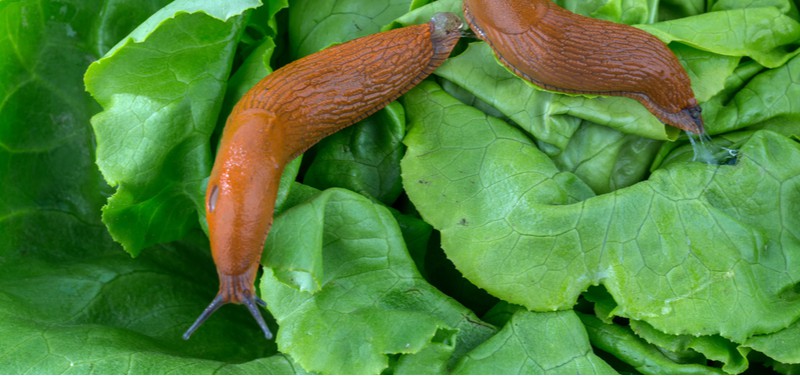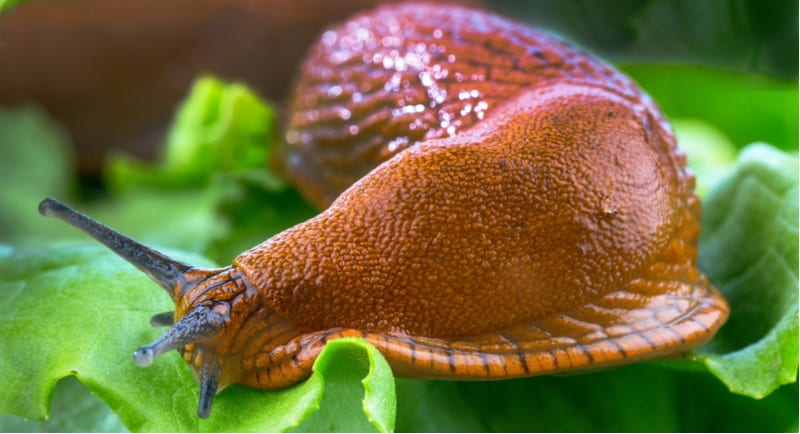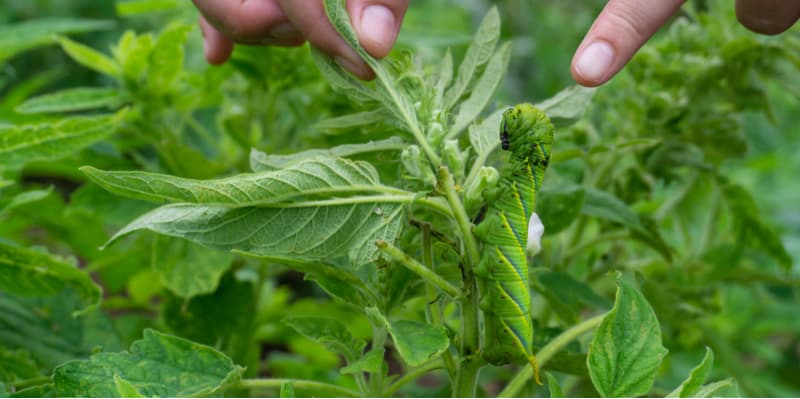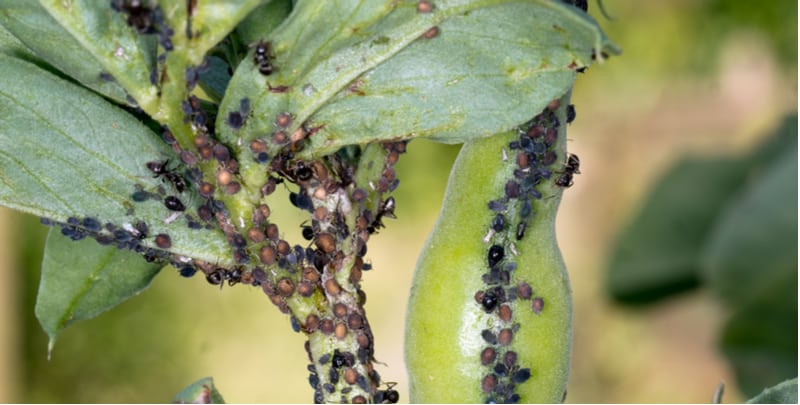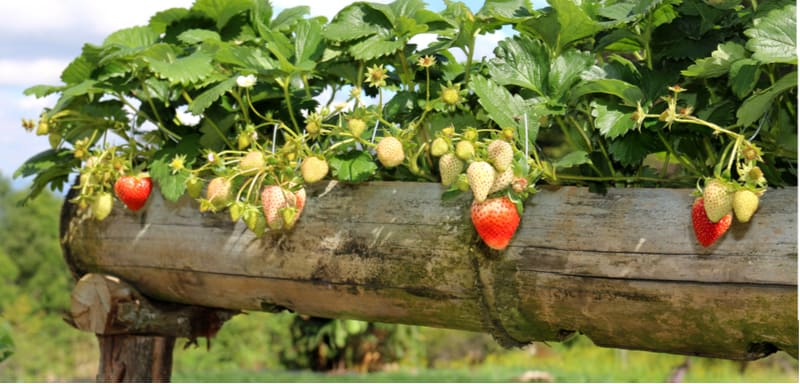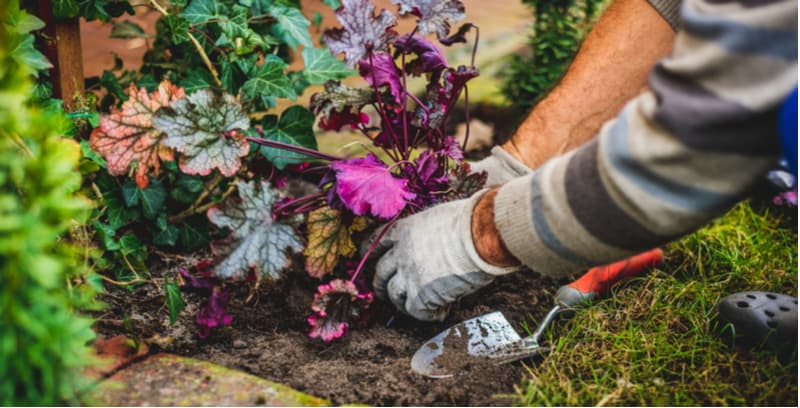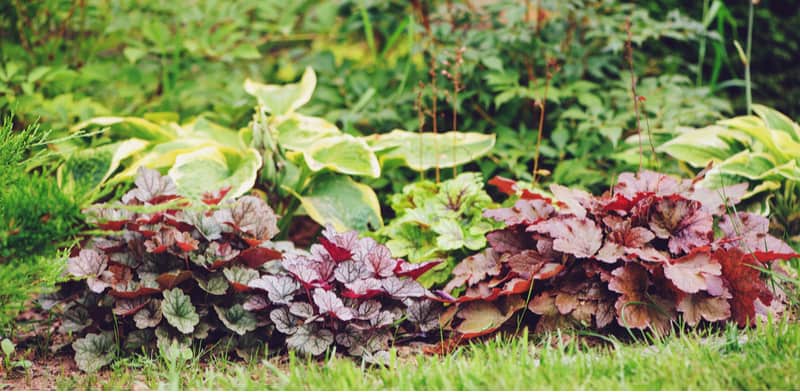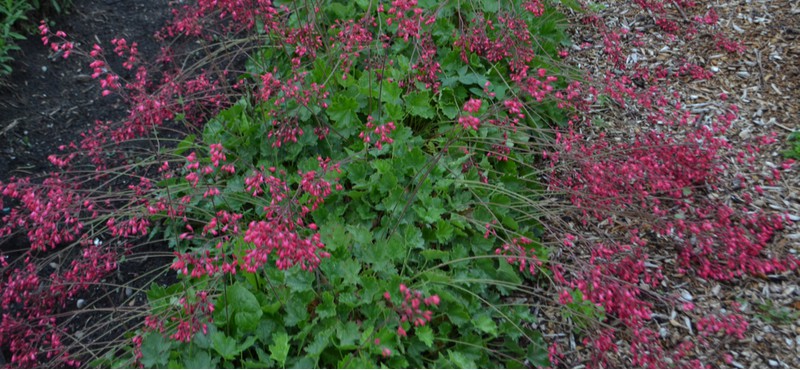You might have had a plant in the past where a piece of the stem or branch has touched the ground and suddenly it formed roots into the ground and a new plant was formed. Plants such as ivy or Hydrangeas like the climbing varieties tend to fall to the ground and then naturally form roots in the ground. When you don’t want this, it is a burden and you have to go around uprooting…
Today gardens have transformed beyond a simple and spacious lawn with rows of plants adorning the back garden. Border gardens have become so much more thanks to the cultivation of small space gardening schemes. Such development now affords homeowners and renters alike the freedom to cultivate privacy and boundaries with their border gardens in spaces of any size and can be a great alternative to planting a simple hedge. Gardening brings with it multiple benefits,…
If you have a pest problem, the kind that leaves behind a silvery, slimy trail, then you need eradication. Slugs are not just an annoyance, they eat your plants and leave you with nothing. But not everyone has the time to go through and pick them off by hand, and some people want to avoid pesticides because the plants provide food or the garden doubles as a play area for other members of the family.…
Slugs can have a devastating effect on your garden, however, you will be pleased to hear that there are ways you can stop them from infesting your plants and your garden. You can choose between natural, organic measures that safely get rid of the slugs or at least get rid of them without the use of pesticides, or you can opt for commercial products. Commercial products can be organic or non-organic depending on what you…
If you’ve ever thought a caterpillar wasn’t a threat to your garden, you were wrong. Caterpillars might seem cute, but while they prepare to turn into a butterfly, they can destroy an entire plant whilst finding energy. A single caterpillar can grow exponentially in a given week, surviving off your garden plants. In fact, if you don’t check your garden daily, you might not notice the damage to your tomatoes or cabbages and many other…
If you grow broad beans on a regular basis then you know to be on the lookout for many pests and diseases, with one of the most common being blackflies. Blackflies are problematic because they not only weaken your plants but it leaves them subsequently susceptible to infections. Thankfully, controlling blackfly on broad beans is not as hard as it might seem. What is Blackfly? Blackflies are small aphids that attack your broad beans, suck…
Strawberries are a wonderful fruit, that given the right conditions will provide ample fruit throughout the season. But what happens when the plants have finished fruiting? All too often gardeners forget about them until the next year, but by that point, the damage might have already been done. It takes only a little effort to keep the strawberries happy and healthy and produce an equally abundant crop the following year. So, what should you do…
Heuchera presents with delicate shades of flowers and foliage, flowers that are well known for their bell-shaped growth that stands along slender stems giving it the nickname, Bells. Even though it does have a delicate appearance it’s actually quite strong and if you already have successful heuchera growing in your yard why not continue the bounty by simply propagating more? Don’t be scared off at the prospect of propagating these plants. Given how flexible they…
Heucheras are traditionally foliage plants and there are many varieties available today. These plants have a woody crown with bell-shaped flowers that run the length of their tall stems, hence their nickname “Coral Bells”. They are beautiful in colour, with evergreen leaves that will maintain their verdant colour, even in the snow. What’s more, they attract bees and butterflies so you can help our declining population of much-needed bees. New varieties offer more options, with…
Heuchera makes wonderful edging plants and is particularly beautiful if you are able to grow them in large clumps, even mixing varieties to create an amazing display. The different colours you will get will serve to highlight any nearby flowers and the size and stature of the plant work well if you are trying to stack different geometries. Once you plant these you want to deadhead or cut back the flower stalks after they have…

